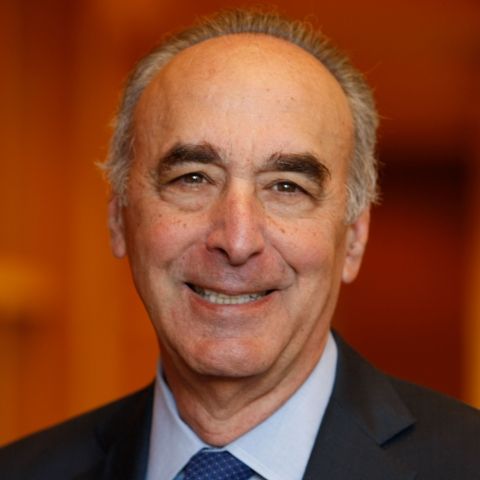

Three established torts require the defendant’s behavior to be “offensive” or “highly offensive” in order to be actionable: offensive battery, public...
It has long been said that the common law "works itself pure" But in the law of torts, not always. This Article reveals and analyzes the...
The idea of institutionalism figures prominently in today’s debates about the role of federal courts in American democracy. For example, Chief Justice...
Long lines inside Bodo’s Bagels, congestion on Emmet Street and a seemingly endless stream of runners and scooters zooming past your car in early...
The question whether the term “set aside” in the Administrative Procedure Act (APA) authorizes a federal court to vacate a rule universally—as opposed...
Contract law has one overarching goal: to advance the legitimate interests of the contracting parties. For the most part, scholars, judges, and...
Do legal concepts alter how we understand the past and present? The jurisprudence of race suggests that they do. For several decades, federal courts...
Public nuisance has lived many lives. A centuries-old doctrine defined as an unreasonable interference with a right common to the public, it is...
This project is part of ALI’s ongoing revision of the Restatement Second of Torts. The Restatement Second recognized compensatory damages, injunctions...
An important administrative law doctrine developed by the lower federal courts, called remand without vacatur, rests on a mistaken premise. Courts...
At its meeting on January 19 and 20, 2023 the Council approved Council Draft No. 2, containing §§ 5, 11, and 12 of Topic 1, General Rules for...
This Article examines the legal issues underlying hundreds of lawsuits, claiming unjust enrichment or breach of contract, brought by students who paid...
This paper, prepared for the 2023 Clifford Symposium on “New Torts” at DePaul Law School, addresses the tort of offensive battery. This is an ancient...
Bankruptcy offers a fresh start that frees individuals from crushing debt burdens. Many insolvent Americans are, however, simply too poor to afford...
Federal courts are often asked to issue various forms of expedited relief, including stays pending appeal. This Article explores a little examined...